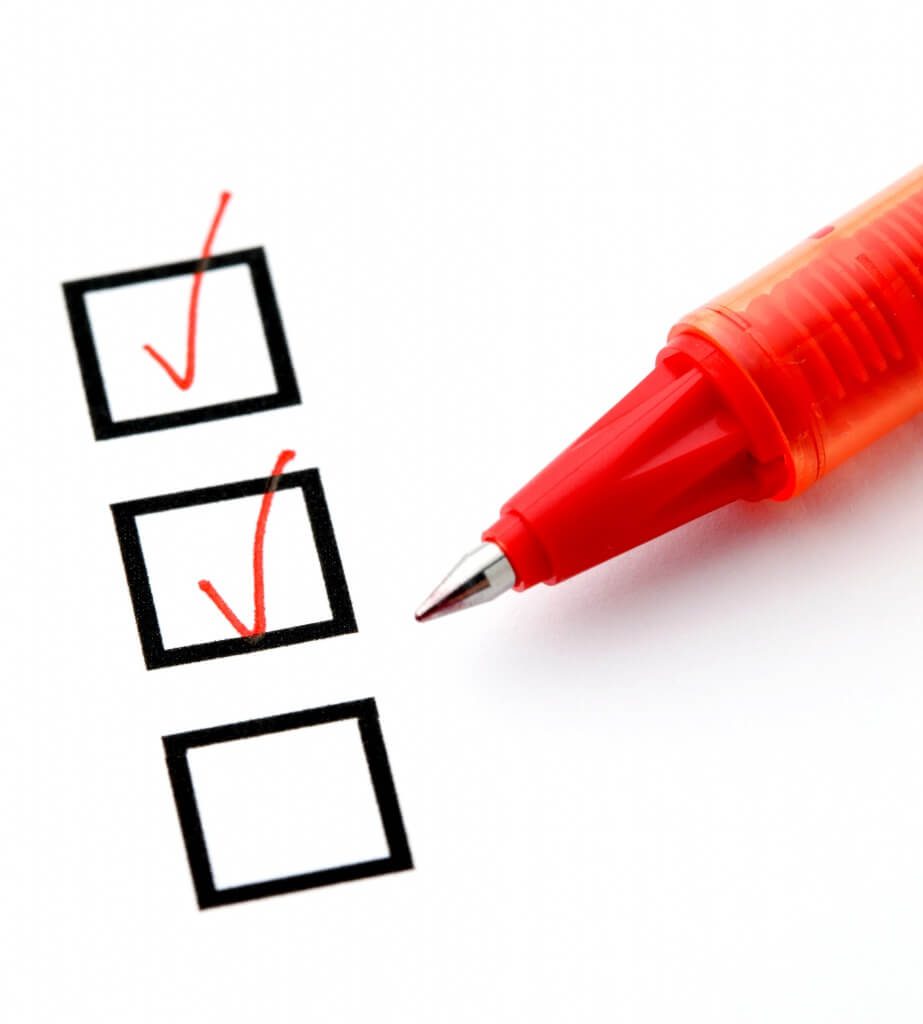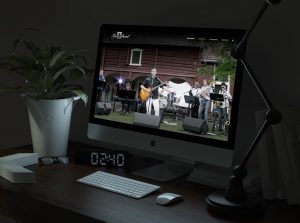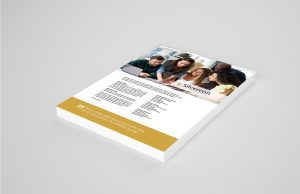Here is a list of points that may be useful to include in your own checklist if you are writing a company blog or similar:
1. Catchy title
If the title isn’t catchy, chances are it won’t be read or shared. Most people want to read something interesting, and they click on what catches their attention or what seems to answer their questions. In other words, it’s exactly the same principle as when we buy magazines, books or newspapers etc.
2. Title under 60 characters
The title should be a certain length to be descriptive, but it shouldn’t be too long that it gets cut off when someone shares it on social media and in Google search results. Get the essentials right.
3. Meta description
The meta description is what appears when your article is shared or appears in search results. It’s a short snippet that should contain the essence of what the article is about and also arouse curiosity for further reading. If you don’t write a customized meta description, the first few sentences will appear and be cut off when the maximum limit of 160 characters is reached.
4. Are focus keywords in the title, description and body text
Choose one keyword that your article will be about and make sure to include it in key parts of your article. This will make it clear to search engines and your readers what the central theme of your article is. This can typically be something you think will be searched for in e.g. Google.
5. Do you have variations of the keyword in a natural context?
The text you write should be as natural as possible, which is why you will also write variations of the keyword where it is natural. In your checklist, you should therefore have a point about repetition and variation of key terms, but don’t overdo it (so-called “stuffing”), as this can have a negative effect since it is considered a spam tactic. The most important thing is that the text has a good flow and is naturally structured for the reader.
6. Internal links to other blog articles
In order to keep visitors on your site for longer and to provide them with the most valuable content, you should create links to other relevant articles on your site. This will also increase your ranking in the search engines because it shows that you are knowledgeable about the topic you are writing about. Try to include at least 1-2 links per article.
7. Do external links open in a new window?
Because you don’t want your readers to leave your website, you need to make sure that external links and documents such as PDFs open in a new window. In this way, you meet the need to provide the customer with value in the form of more useful information, and also keep the reader on the website.
8. Credit sources
Have you used something that someone else has made? Remember to credit the person or company. And no matter what – don’t use anything you don’t have the right to! If you uncritically download images from random places on the internet, you are guaranteed to have infringed copyright. If you are unlucky, you may receive a claim for compensation for the use of the material in question. Instead, use services that offer royalty-free material.
9. Alt-tag on images
The alt tag on an image is what appears when you hover over it, and it is a description of what the image contains. Visually impaired or blind people can also use special software that reads out what is written on the image description to get an impression of what is shown. Alt-tag is required by law according to universal design requirements. Since the description is also searchable, it will be useful in terms of SEO.
10. Correct thumbnail and image for social sharing
When you and others share your post, you want it to look its best. Remember to use a good image that arouses curiosity and is also the right size in relation to the requirements of Facebook, Twitter etc. A rule of thumb is a minimum of 500 px width and 300 px height.
11. Use web-optimized images
Even if most people have fast lines and fast mobile broadband, the image size will have a big impact on the loading time of your page. Don’t make your visitors wait a long time for an image to appear, or use up mobile data on an image that’s too big. Make sure that all images have the smallest possible file size without compromising on quality.
12. Correct formatting of headings and paragraphs
Make your text as readable as possible by using relevant headings and not too long paragraphs. Use tags H1, H2 and H3 and sort the headings according to their importance. This is part of technical SEO.
13. Call-to-action
This is simply a call to action. In other words, what do you want your reader to do when they have finished reading the article? Add a button to sign up for a newsletter, call you, fill out a contact form, comment on the post, buy in the online store, etc. You do this to increase your conversion rate.
14. Choice of category and relevant keywords/traits
If you set a category, it will be easier for your readers to find other relevant posts. In addition, you give the search engines even more information about how your site is structured.
15. Preview and test
Have you remembered to test links and preview your article? You may want to pick out obvious errors before publishing – especially if you have a high-traffic site!
What do I do next?
The next step for you is to follow through and see if you have development potential for your blog posts and articles. I hope you will benefit from the list. If you have a wordpress-based website, there are also plugins where you can customize your own to-do list. If you want to know how to position yourself online, you can watch a recording of a webinar I held earlier here.






